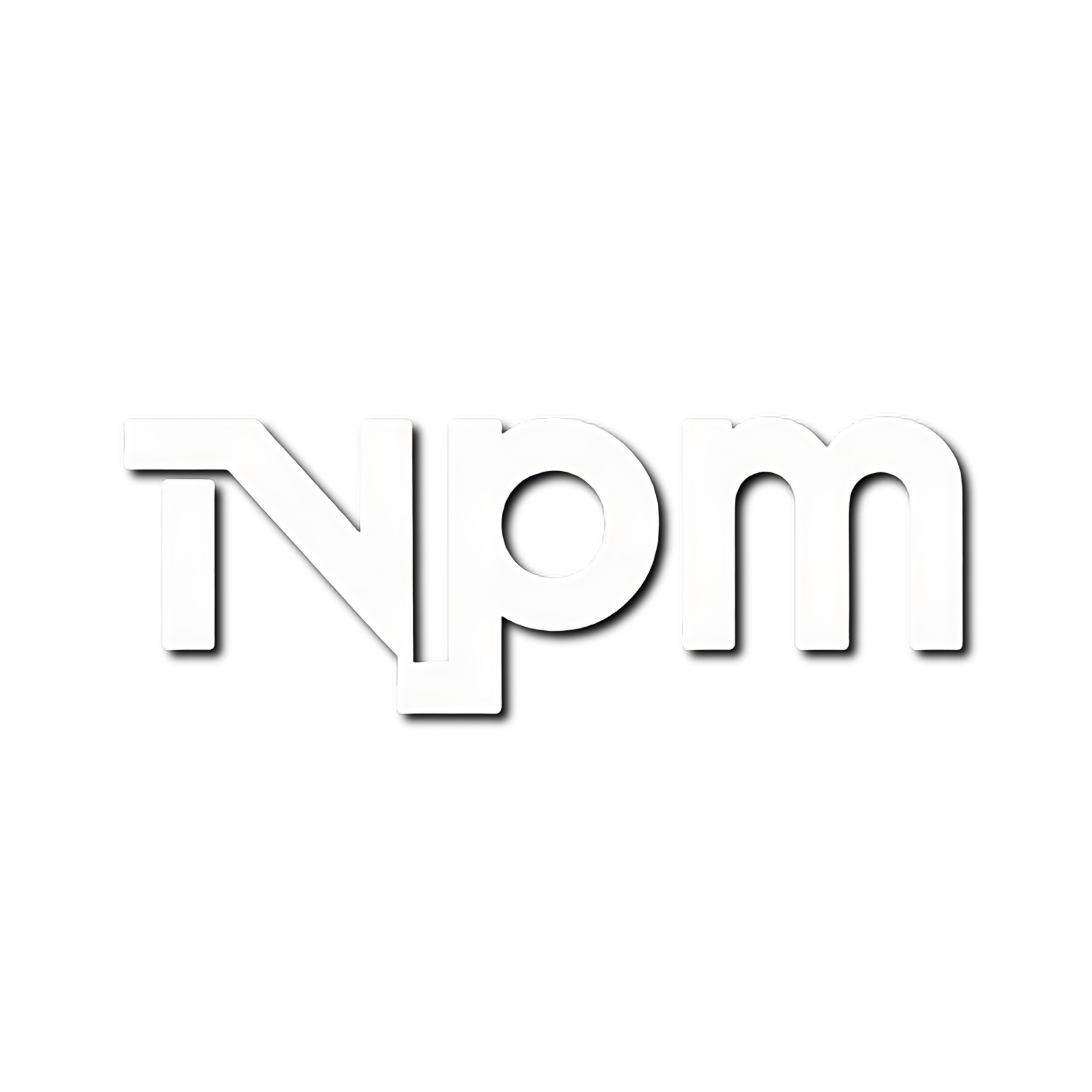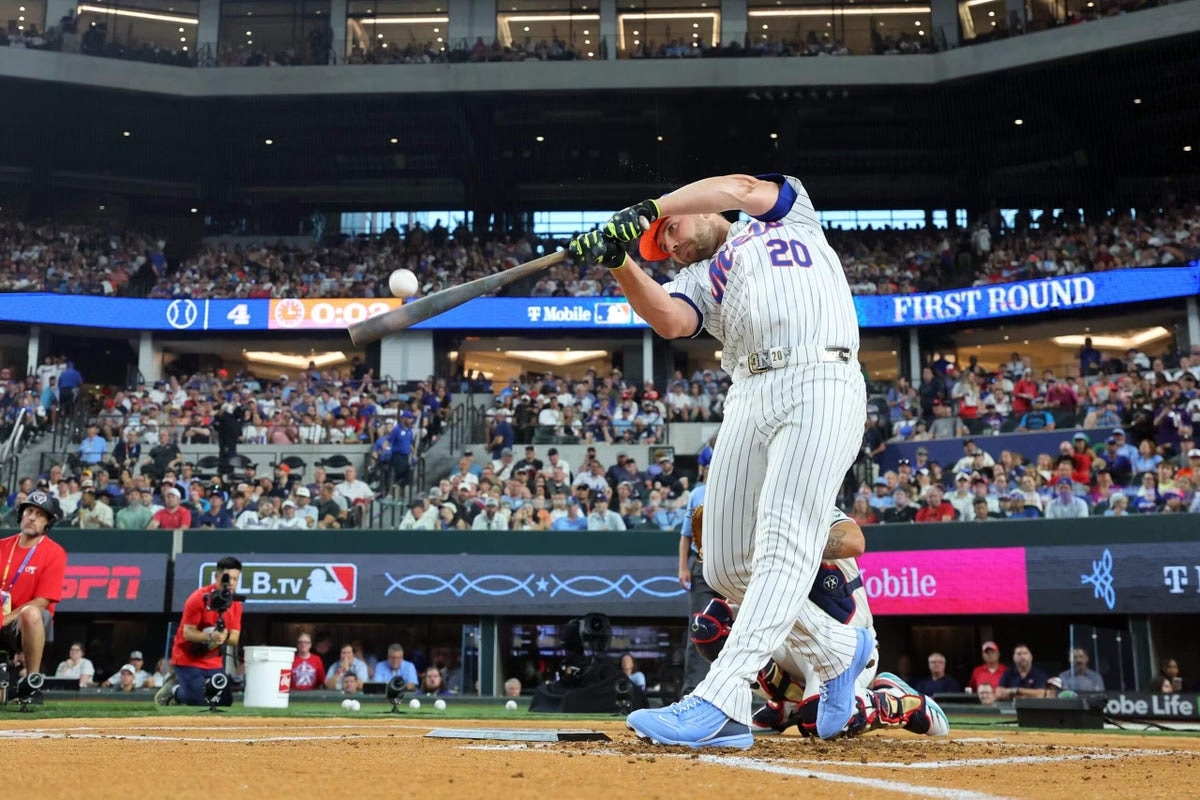As an event, the Home Run Derby is built for modern media. Standing out on the summer calendar, it is unique and fun. And there is only one of them.
For Major League Baseball, as it tries to “eventize” and create the showcases that are increasingly what the streamers — the Netflixes, YouTubes and Amazon Prime Videos — want, this week is the one on the regular season calendar that already sets the league up for the future.
But MLB must figure out how it offers its sport to fans increasingly frustrated by the confusion of where to find their games, the cost to access them and the recurring threat of local blackouts.
MLB will not be able to solve its problems until the start of the 2029 season, when its current national and international contracts are all completed, but we have devised a potential strategy, with a focus on reach, simplicity and revenue.
Our plan was conceived after talking with media and baseball executives to try to see if it can work. Let’s take a look.
About the ESPN opt-out deal
Before we get to the 2029 plan, we need an update on the current state of the sport’s media contracts, as commissioner Rob Manfred had hoped to announce by the All-Star Game the short-term, three-year future for the rights to the Derby, Sunday Night Baseball and eight-to-12 playoff games.
NBC, Apple and a return to ESPN have been the most prominent names in play, but it remains unclear if MLB will be able to fully restore the $1.65 billion that ESPN opted out of paying over the next three years.
ESPN didn’t invoke the opt-out clause because it no longer valued baseball. Rather, ESPN balked at the idea of paying an average of $550 million per year for the remainder of the package. ESPN’s deal was seemingly overpriced in a market that values scarcity, uniqueness and a league’s most pivotal matchups. Plus, in comparison to MLB’s other national packages, it is hard not to see that ESPN was doling out too much.
After the 2028 season, the contracts with Fox and TNT Sports will be over. Fox pays $729 million per year on average for a package that features the World Series, and TNT Sports, which has a league championship series, is a little less than $500 million per season. Major League Baseball also has its international rights up at that same point. A platform like Netflix might have particular interest in the Japanese market, where MLB, led by the Dodgers, continues to surge, as evidenced by the popularity of the Tokyo Series.
What should MLB do?
You could make a pretty good George Costanza argument here. There is an old Seinfeld episode where George just did the opposite of his typical, hapless instincts, finding life-changing successes with the strategy. MLB should consider that for its future media plan. At the moment, the league is not set up particularly well (though, it has had a good ratings year and big attendance numbers).
Its current media setup is a total mess: Like a lot of sports, MLB has gone from “Who’s on first?” to “Who has the game?”
Besides the deals listed above, MLB has an exclusive Friday Night Baseball double-header package with Apple TV+ for $85 million a year, while Roku pays just $10 million a season for late morning/early Sunday afternoon games. While MLB likes to call these experiments, the Roku deal in particular is mind-bogglingly ill-advised, as it set a new marker for how much exclusive national regular season games should cost and, as an added bonus, made the ad market more difficult for Fox, ESPN and TNT Sports because Roku charged so much less for its ad space than the other networks. Apple, which is paying far less than ESPN’s deal, receives basically the same exclusive games on Fridays that ESPN has on Sundays.
Manfred has indicated a desire to reset the formula. Taking a page from a “former Yankee executive,” Mr. Costanza, “Opposite Rob” is going in the right direction.
Before we get to the plan, we need to talk about RSNs
Well, we still haven’t talked in detail about the regional sports network issue. With cable diminishing, the RSNs, whose most important clients have been baseball, are decomposing. MLB would like to have a “nationalized” local rights package, where fans can directly subscribe to their favorite team’s games — no matter where they live — by the end of the decade.
However, teams like the Yankees and Dodgers are worth a lot more in regional rights fees than clubs like the Pirates and Marlins and would need to see revenue sharing readjusted to make it worth their while to be part of a nationalized local-rights deal, or MLB would have to figure out a way to compensate the more valuable clubs. It’s not an easy lift. (Plus, we should mention that hanging over everything is a potential lockout in 2026.)
Here’s the plan …
The first thing MLB should realize is it is not the NFL. The Home Run Derby is a legit event with strong numbers (averaging 6.4 million viewers over the last four years, while the All-Star Game was at 7.6 million over that same period), but those are dwarfed by every weekly NFL package, whose audiences rate three to five times larger.
The NBA, which just got an incredible 11-year, $76 billion media deal (and limited itself to three national carriers: ESPN/ABC, NBC and Amazon Prime Video), made more of its games exclusively national. Manfred has hinted at following that model. Maybe that works. Maybe not. Especially when you consider that neither Apple nor Roku are looked upon as audience-driving successes and neither provides public ratings numbers to prove otherwise.
But the same way MLB has far greater attendance than the NFL (in part because its teams have 81 regular season home dates compared to at most nine for NFL teams), MLB should lean into the strengths of its consistent, reliable, 7-month-long local fan interest.
And yet MLB’s current set-up is best described as fan-unfriendly. Going forward, MLB needs to avoid the slicing and dicing that can see a team like the Yankees appear on up to seven networks over a seven-day week: YES, Amazon Prime Video, Apple, TBS, Roku, Fox and ESPN. That’s not good.
Part 1: Weekdays
We would create a Monday-through-Friday MLB-branded subscription service to be distributed on as many platforms as possible, including YouTube, ESPN’s new direct-to-consumer platform, Apple, Amazon, Roku and Fubo. Be everywhere, simple and easily accessible. The RSNs would still have weekday games that air locally. But any fan, anywhere, would be able to watch their favorite team, through any streaming platform they use.
This idea would satisfy subscribers because it would be easy to understand — your MLB subscription gets you access to your team’s games, regardless of where you are watching and with no blackouts — and would have enough games to make subscribing worth it for fans.
It would also allow the biggest weekend series to have visibility on Friday nights through the subscription service. For example, if the Yankees played the Dodgers over a weekend series, the Friday night game would be on the national MLB subscription service, as well as YES and SportsNet LA for local fans. It would also remove the frustration of not easily understanding where your team’s game is going to air.
In an ideal world, we would see the league charge somewhere between $4.99 and $9.99 per month, but MLB may look to earn more with a $19.99-$29.99 range. Yes, we’d want the league to make money, but we also want as many people as possible to see the games to keep growing fans, so we’d try to go cheaper.
The revenue would mostly go to MLB (and shared with teams), with the platforms taking a small cut from every sale. The approach from Monday through Friday is to be everywhere and to satisfy fans with simplicity, volume and value.
Part 2: Weekends, Events and the Playoffs
For the weekend games, we would create scarcity by partnering with two or three broadcast entities, be it Fox, ABC, NBC or CBS, with inventory mainly featuring the most popular national teams (Yankees, Mets, Dodgers, Braves, Cubs, Red Sox, Cardinals and anyone who plays their way into this category). These “national” games would be focused on broadcast TV exclusivity with the possibility of reserving one slot for a streamer.
On Saturdays, we would ideally want three national games, in windows at 1 p.m. ET, 4 p.m. and 7 p.m. The prime-time game would be the only game scheduled in prime time, like Fox’s Saturdays, but with more exclusivity. (One backup game will be scheduled in case of rain or where the heat is too great without a dome.) The games not on the national broadcasts would revert back to the monthly subscription service/RSNs.
On Sundays, we would try to do the same as Sunday with an NFL-type setup with 1 p.m. ET, 4 p.m. and prime-time windows. Sunday Night Baseball would have the schedule to itself, just like Saturday nights.
For example, the 1 p.m. national game of the week on Saturdays and Sundays could air on Fox or NBC, the 4 p.m. national game of the week could air on Amazon Prime Video, and the 7 p.m. game of the week could be on ABC.
The package for participating partner networks would also include regular-season high-value tentpole events that mirror MLB’s very successful “Field of Dreams” and Little League park games, Opening Day, Memorial Day, July 4th, the Tokyo Series (along with any other international games), the Home Run Derby and the All-Star Game. These could potentially be more valuable than the regular weekend games.
The most valuable part of the “national” package is the playoffs, including the two league championship series and the World Series. The three TV partners would split the playoffs (similar to the current model) and would rotate airing the World Series. This would allow for the most money and exposure.
With this plan, MLB could potentially maximize the amount of revenue and reach with an easy-to-find, simple-to-understand, affordable global plan, along with modernized localization with the weekday games for the biggest fans.
For the more casual fan, it would create enticing events and more appointment viewing, with easily accessible weekend games and featuring the most popular teams.
MLB has to solve for simplicity, scarcity and scale. If it tries to just chase old money looking for the biggest check for now and not the best way to present its beautiful game as the consumption and distribution landscape shifts under its feet, it will be making a mistake.
MLB has done some smart things in recent years, starting with the pitch clock, to modernize the game. If it doesn’t chase the past and looks forward, it could innovate itself into a model that potentially could be worth more over time.
(Photo: Stacy Revere / Getty Images)


Leave a Reply